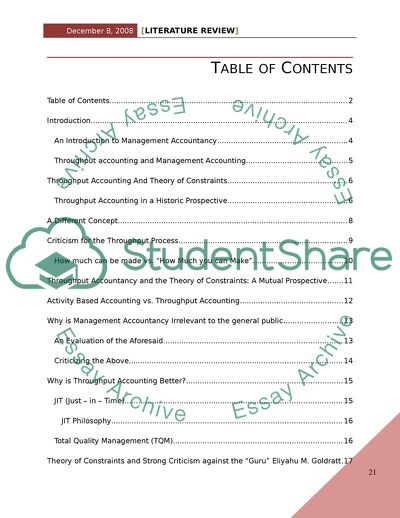Cite this document
(Throughput Accounting & Theory of Constraints Literature review, n.d.)
Throughput Accounting & Theory of Constraints Literature review. Retrieved from https://studentshare.org/finance-accounting/1718905-literature-review-of-throughput-accounting-theory-of-constraints
Throughput Accounting & Theory of Constraints Literature review. Retrieved from https://studentshare.org/finance-accounting/1718905-literature-review-of-throughput-accounting-theory-of-constraints
(Throughput Accounting & Theory of Constraints Literature Review)
Throughput Accounting & Theory of Constraints Literature Review. https://studentshare.org/finance-accounting/1718905-literature-review-of-throughput-accounting-theory-of-constraints.
Throughput Accounting & Theory of Constraints Literature Review. https://studentshare.org/finance-accounting/1718905-literature-review-of-throughput-accounting-theory-of-constraints.
“Throughput Accounting & Theory of Constraints Literature Review”, n.d. https://studentshare.org/finance-accounting/1718905-literature-review-of-throughput-accounting-theory-of-constraints.


